Refrigeration, as the process of reducing and maintaining the temperature of an object or place, transfers the energy from the body that we intend to cool to another, taking advantage of its thermodynamic properties. It should be noted that this process for beverage plants or for edibles depends on the ambient temperature, so it is important to maintain a thorough control over this.
In beverage plants, normal components of a refrigeration system are used in the cold chain process, that is, there is an evaporator, compressor and expansion device; In addition, as mentioned by Orlando Muñoz Arias, head of the refrigeration department, national technical division, of the Colombian bottler, the type of evaporator plays an important role, since this refrigeration procedure requires a special design because it is part of the beverage processing system, specifically mixing and carbonation in the case of carbonated soft drinks, the arrangement of the accessories and the control system also influence.
Refrigeration for the soft drink, soft drink and beer industry is what water for a living being, an indispensable factor for its development, therefore, Germán Robledo, sales manager for Latin America of Vilter Manufacturing LLC, explains that without refrigeration the product does not achieve the appropriate characteristics. In sodas, the syrup is sweetened and loses flavor, so that it could not have the CO2 gas inside the drink and would be a still drink, because the gas gives flavor, in addition to properties of long shelf life of the product.
In brewery, the cold chain allows the flavor and yellow color of beer, without it there is no taste, quality and color. Also in the dairy and juice process, refrigeration controls the temperature after pasteurization or ultra pasteurization (UHT), without it the milk or juice caramelizes, losing proteins and properties; therefore, it is determined that refrigeration in the industrial processes of beverages is a basic, essential and required element for this industry and without it the product does not exist.
In the same way, Fernando Becerra, sales manager of Danfoss, says, for whom refrigeration is an indispensable part of the processes. For him, the beverage industry requires efficient, reliable and accurate refrigeration procedures. "The function of cooling in soft drinks is to facilitate the carbonation of the beverage for which flooded systems are used; in the case of beer the temperature is controlled in maturation tanks where the temperature is examined in independent jackets along the tank, in these cases the ammonia is supercharged (recirculated system) at low temperatures and controlled by means of a flow control system and pressure regulation, usually electronic, from a PCL. Supercharged plate exchangers (2°C differentials) are used for cooling snubbed water and beer, which have been replacing the old less efficient, bulkier flooded hull systems with plugging and freezing problems." {mospagebreak}
Features for the cold
As Becerra mentioned, the processes must be efficient, reliable and precise, for this reason a beverage refrigeration plant, regardless of the class, must be structured to provide high efficiency, durability, reliability and easy operation, which are achieved through the implementation of adequate cooling systems. "Generally, flooded systems are worked on in the carbonators, recirculated systems in beer for fermentation and maturation tanks as well as in the cold rooms. This gives it a high heat transfer efficiency, they are always used with ammonia as a refrigerant for its low initial cost and good efficiency," he says.
Particular and friendly refrigerants
The biggest concerns for this industry are the weakening of the ozone layer, climate change and global warming, aspects in which the use of refrigerants and as such the HVAC industry, influences and will influence negatively or positively, for this reason respective measures are being taken.
We could start by saying, as Fernando explains, that the search for high efficiency or low energy consumption has led to more and more research, fewer differentials in the exchangers, replacing hull and tube with plate exchangers; additionally, the control with electronics is improved, making the system more automatic and temperatures more precise.
Refrigerants are fluids, and as such have all the physical and chemical properties such as boiling point, freezing, fluidity, viscosity, density, volume; however, and as Robledo assures, the most important for cooling, is the calorific value, accompanied by those of volume and density, which determine the fluid to be used in the installation. Toxic or chemical qualities should also be taken into account, where ammonia is dangerous and careful in its handling; Freons are just as toxic and dangerous as ammonia, but additionally they deplete the ozone layer. In refrigerants there are natural and chemical; CO2, ammonia, water, propane are natural refrigerants, while freons are chemicals.
As for the refrigerants used in beverage plants, any type can be used, except for combustible gases such as methane, propane and others. Orlando Muñoz explains that previously CFCs such as R-12 and R502 were used, but currently the most implemented is ammonia (NH3) for direct cooling and propylene glycol as a secondary refrigerant.
Ammonia has excellent thermodynamic properties that make it special to be used in large installations, as it has a higher calorific value; other refrigerants due to their low heat demand large loads or kilos or pounds of it, making the systems large, expensive and that they wear more energy; also the lower cost of ammonia, compared to others, makes it the most demandable. On the other hand, the application of propylene glycol is necessary as a safety standard, since some laws require it, such as the Main European ones. "Ammonia can be used without any inconvenience in flooded and recirculated systems, since it is lighter than oil which goes to the bottom of all containers and needs to be purged," explains Fernando.
Quality process
All processes have production parameters that measure the efficiency, profitability and quality of a product. The beverage industry is no exception, and in this case refrigeration is one of the factors that determines the good grade of the soft drink. {mospagebreak}
For experts, the minimum parameters that guarantee the quality of refrigeration in beverage plants are particularly based on temperature. For example, Muñoz asserts that in soft drinks it is essential to maintain a uniform temperature, since the production process of carbonated beverages is very strict and is subject to strict quality standards. "To obtain the level of CO2 required in each flavor, a constant and controlled temperature must be maintained. A slight variation in the fixed temperature implies a variation in the product specifications. In order not to lose the product, a correct mixing (Brix) and a correct carbonation (co2) must be guaranteed"
For his part, Becerra believes that quality is guaranteed by managing to maintain exactly the set-points, in some processes with variations of tenths of degrees. "This is achieved with: good control in compressors (constant suction), condensation (constant condensation), pressure regulation (constant evaporation pressures), good de-icing in the case of finned evaporators, constant levels (in low tanks) and control of constant flows (recirculated systems). Also in the control must be avoided overpressures in thaws and returns of liquids to the compressors, and a very important point, that the system has all the protection of safety valves and hopefully systems of early detection of refrigerant leaks ".
But not only these specifications influence within the process of beverages, the poor application of refrigeration can affect the product, therefore the cold chain must be stable until it reaches the hands of the end customer, especially for those edibles such as milk and derivatives, some juices; sodas and beer don't have this problem. The cold chain for the beverage process can be terminated when production ends, as is the case with soft drinks or beer, as these do not need to be refrigerated during transport or storage to maintain their properties, but for perishable products such as juices or milk, refrigeration continues beyond production, that is, until the moment of consumption, only that this type of refrigeration becomes commercial, and does not influence the preparation of the drink.
Industrial refrigeration at the Latin level
As for the development and advancement of industrial refrigeration and the use of ammonia in Latin America, in the Chilean market (mostly), systems with ammonia are used in the large export industries of fruits (with controlled atmosphere) and fish. The second place is occupied by Brazil and Mexico; in Peru and Ecuador the fishing industry sets an example of Colombia's potential in terms of the use of ammonia, which has been implemented in the latter country in recent years.
But the use of refrigeration also depends on the type of drink and the company, Germán exposes that in vast soda companies, and depending on the region, they have made engineering and technology updates. In the milk and juice sector, greater savings are sought both in equipment and in installation and operation, although large milk plants and multinationals are looking for more modern systems and more technology, regardless of the type of investment, but it varies greatly from country to country, even within these same companies. Also in brewery is handled the newest and most current.
For Germán and regarding the progress of Latin countries, Chile is at the forefront in plant size and innovation, followed by Argentina, Brazil and Mexico, colombia, Venezuela, Peru and Ecuador continue, then central america and then the Caribbean. Although if you analyze the American and European refrigeration industry you will find that the refrigeration standards are the same, but there are variations in terms of manufacturing technology and the quality of suppliers. {mospagebreak}
There is also a displacement of American industry to other countries such as Mexico and Brazil, as well as China and Korea; however, this displacement to Asian countries has increased the production and supply of equipment, but there has been a detriment to the quality of these. Germán Robledo says that there is already all kinds of refrigeration equipment made in China that is almost 70% below the price of the European or American, but customers who have bought them have seen the need to replace them every three or five years.
Another aspect is that the European industry is stricter and more advanced than the American one. Robledo explains that Europeans are more aware of energy wear and the deterioration of the climate and the ozone layer, so they are more effective in design, use of refrigerant, type of compressor, technology, etc.


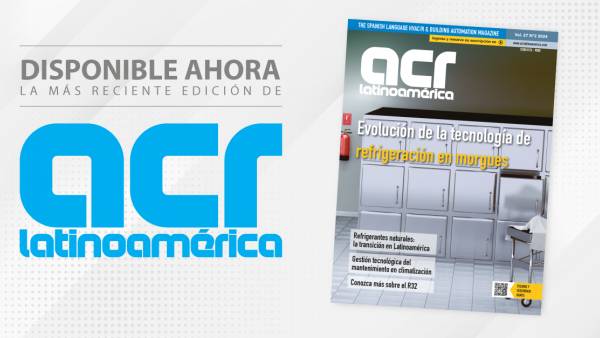
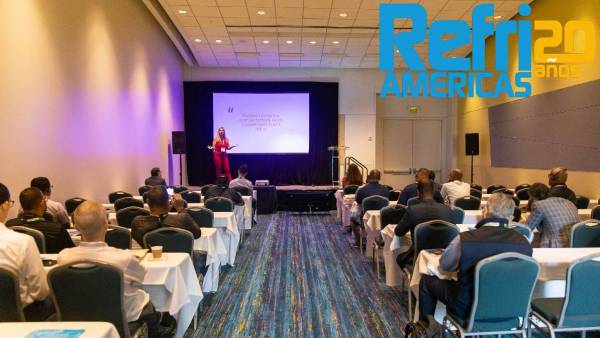
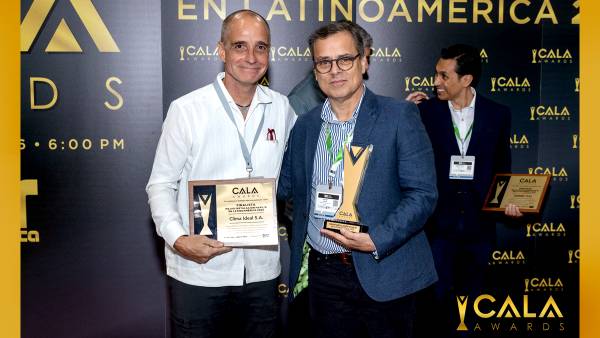
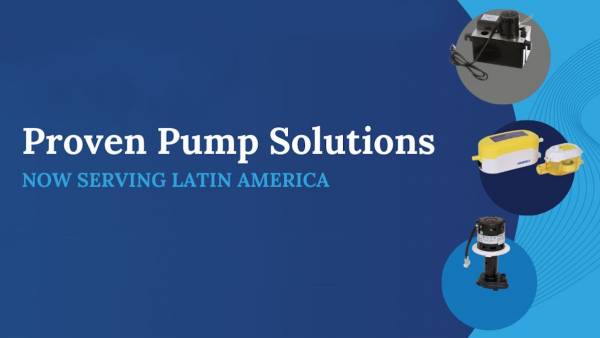

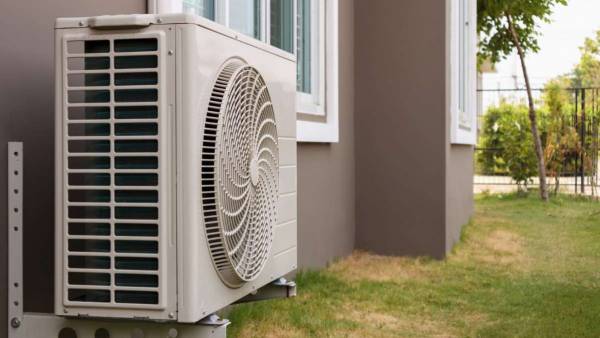

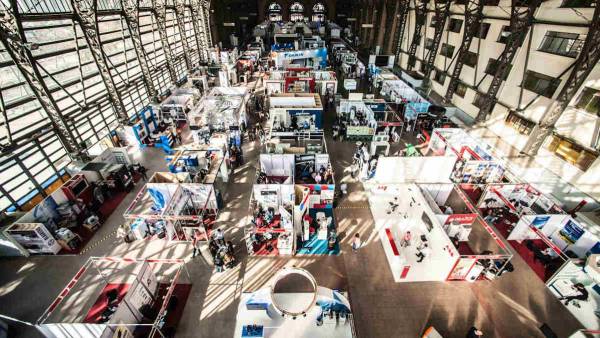














Leave your comment